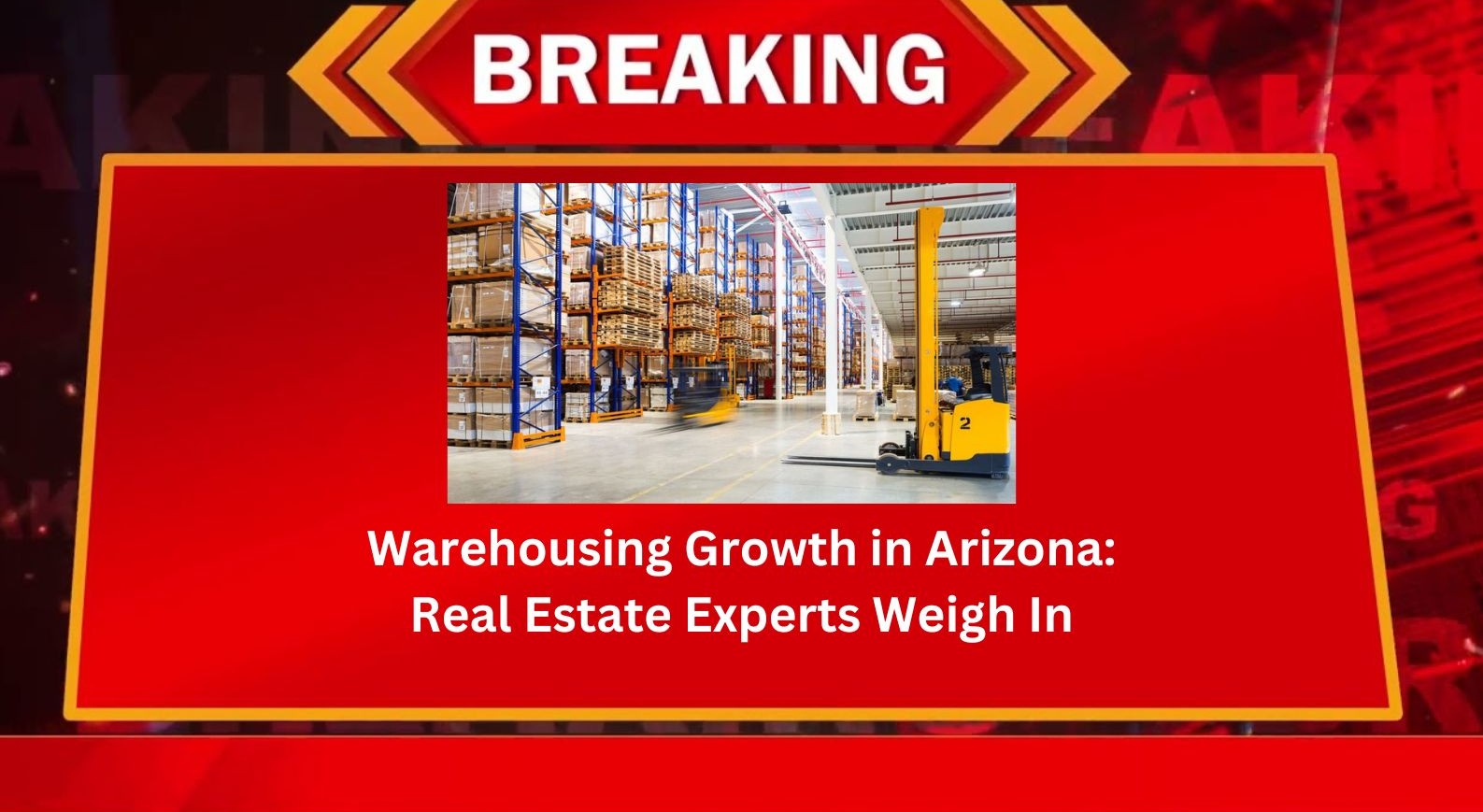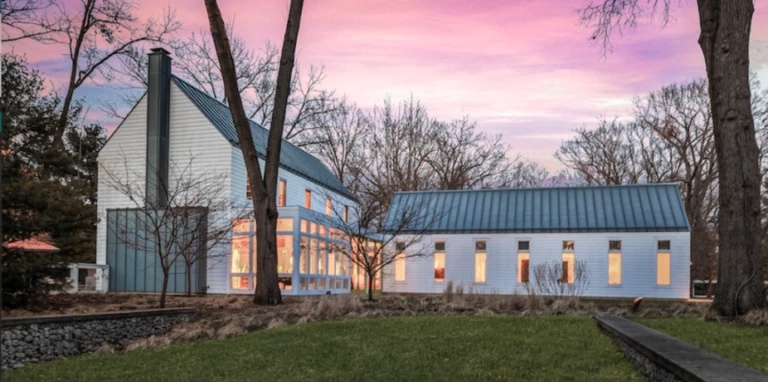Warehousing Growth in Arizona: Real Estate Experts Weigh In
Arizona is accustomed to explosive growth, and while headlines about housing grab most of the spotlight, there is another story of growth unfolding quietly but inexorably elsewhere throughout the state: warehousing and industrial property. While observers wrestle with trying to figure out Arizona’s larger housing and infrastructure demands, one tale is unfolding: logistics facilities and warehousing are growing at record levels, particularly in the West Valley. But why is the boom occurring, and what does it portend for Arizona’s future?
Let’s get to what city officials and real estate experts are seeing on the ground.
A Different Kind of Growth Story
When you consider Arizona growth, your mind might first go to high-rise condominiums or houses. But on the fringes of metro Phoenix is another type of building boomeranging massive warehousing and logistics structures. The buildings are fueled in part by the same drivers behind a housing shortage: economic growth, population increase, and changing infrastructure needs.
According to Danny Seiden, president and CEO of the Arizona Chamber of Commerce and Industry, Arizona is grappling with both an affordability and availability crisis in housing but warehousing is seeing its own parallel expansion as developers race to meet increasing business demands.
“We’re watching growth on multiple fronts,” Seiden noted. “It’s not just homes – it’s also the businesses, logistics, and job infrastructure that go along with it.”
The West Valley: Development Hotbed
Neighborhoods such as Buckeye and Peoria along the West Valley are starting to become the front stage of this warehousing era. Buckeye, for one, is filling up with new residents at blur speed, and its municipal authorities are ensuring jobs are flowing as well.
Buckeye Mayor Eric Orsborn emphasized that while residential development is imperative, warehousing and employment centers drive the economy in the long run. “We are focused on bringing job opportunities in light of the community growth. That means industrial development, warehousing, and retail. It is all part of the bigger picture,” he said.
Much of the impetus for this warehousing boom is increased semiconductor production presence. The influence of such factories as TSMC and AMKOR is driving a demand for high-technology logistics services to house them. In fact, Peoria just missed out on a $2 billion semiconductor project, which should be a further source of commercial and warehousing stimulus.
Infrastructure Paves the Way
One of the largest motivators of Arizona warehousing growth is infrastructure. Loop 303 is particularly becoming an important artery for West Valley development. Phoenix Realtors board President Christy Walker used the 303 as a best bet driver.
“That area is going to be developed industrially. There is the infrastructure, and there is the land. It’s the kind of configuration logistics providers are seeking,” Walker said.
Easy freeway access, close proximity to California markets, and wide blocs of vacant property are pushing western Phoenix suburbs into the fray as national and international companies see the area as attractive. The reward? Warehouses are proliferating at record numbers.
Balancing Growth with Smart Planning
But fears exist that the growth will be unsustainable unless it is paired with careful planning. Mark Staap, director of the Center for Real Estate Theory and Practice at Arizona State University, warns that the growth has to be intentional. “We can’t build to build,” he said. “If we build houses and warehouses without putting money into social and cultural infrastructure, we’re not really building communities we’re making commodities.”. Both Staap and Orsborn emphasize that communities must build strategically. In Buckeye, for example, it’s building amenities and services within reach so residents and employees won’t need to take the drive to Phoenix to get it all.
“It’s building full-service communities, not bedroom suburbs,” Orsborn said. “Warehousing helps to achieve that by locating jobs where people need them near home.
The East Valley vs. West Valley Divide
Ironically, while the West Valley bursts full steam ahead into land usage and industrial expansion, the East Valley – Scottsdale areas most especially are trending in the reverse direction. Scottsdale is no longer attractive for large warehousing despite it continuing to be a draw for luxury home and commercial development. Bucky land, Goodyear, and Peoria offer available vacant land to be developed. Consequently, the West Valley is taking the bulk of the new warehousing presence. Peoria alone recorded year-over-year single-family inventory gains of around 70% – a snapshot of how fast infrastructure, jobs, and homes are entering the marketplace.
Challenges on the Horizon
Meanwhile, with the robust momentum in hand, there remain a few potholes to avoid. Federal tariffs, immigration policy, and manpower shortages all are possible potholes. And then, of course, there is also the fear that too little coordination among developers might drive too hard against the long-term sustainability of the region.
Staap of ASU viewed the risk of “cumulative effects” of a series of policy shifts, impacting building budgets and timelines. Labor, especially in construction, is already strained, and any additional disruption such as one in immigration enforcement would compound it. Even during times of uncertainty, overall sentiment among Arizona business and real estate leaders remains one of cautious optimism. Warehouse growth is undoubtedly driving the state’s economy, and specifically in fledgling cities such as Buckeye and Peoria. As more companies relocate to Arizona, demand for industrial space does not seem to be slowing.
As Christy Walker summed it up, “It might feel like we’re building in the middle of nowhere today, but give it a few years these areas are going to be the heart of Arizona’s new economy.” And that’s the crux of it. Arizona isn’t just expanding outward it’s evolving, and warehousing is helping pave the way.





